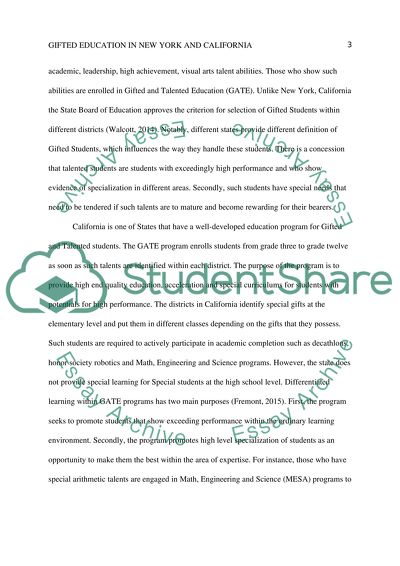Cite this document
(“Gifted Education: Research on Identification practices of gifted and Paper”, n.d.)
Gifted Education: Research on Identification practices of gifted and Paper. Retrieved from https://studentshare.org/miscellaneous/1681573-gifted-education-research-on-identification-practices-of-gifted-and-talented-students-in-two-places-california-and-new-york
Gifted Education: Research on Identification practices of gifted and Paper. Retrieved from https://studentshare.org/miscellaneous/1681573-gifted-education-research-on-identification-practices-of-gifted-and-talented-students-in-two-places-california-and-new-york
(Gifted Education: Research on Identification Practices of Gifted and Paper)
Gifted Education: Research on Identification Practices of Gifted and Paper. https://studentshare.org/miscellaneous/1681573-gifted-education-research-on-identification-practices-of-gifted-and-talented-students-in-two-places-california-and-new-york.
Gifted Education: Research on Identification Practices of Gifted and Paper. https://studentshare.org/miscellaneous/1681573-gifted-education-research-on-identification-practices-of-gifted-and-talented-students-in-two-places-california-and-new-york.
“Gifted Education: Research on Identification Practices of Gifted and Paper”, n.d. https://studentshare.org/miscellaneous/1681573-gifted-education-research-on-identification-practices-of-gifted-and-talented-students-in-two-places-california-and-new-york.


